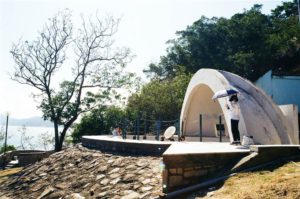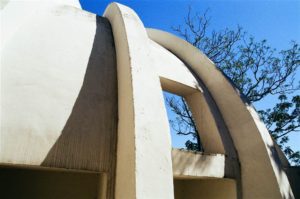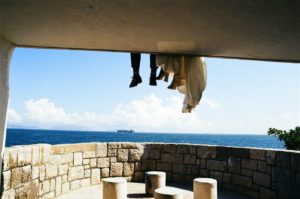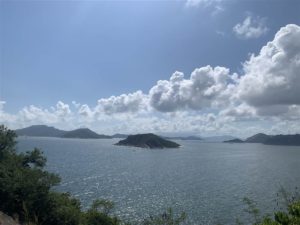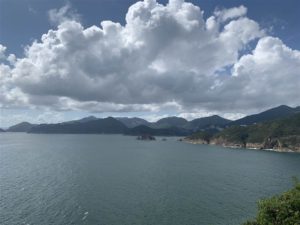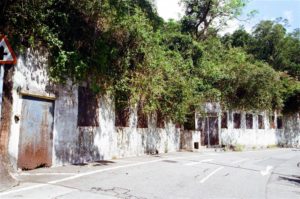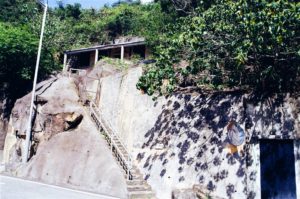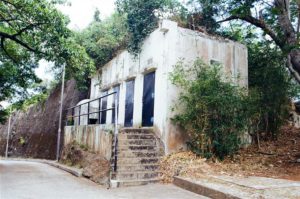Like Greece – The Chung Hom Kok Battery
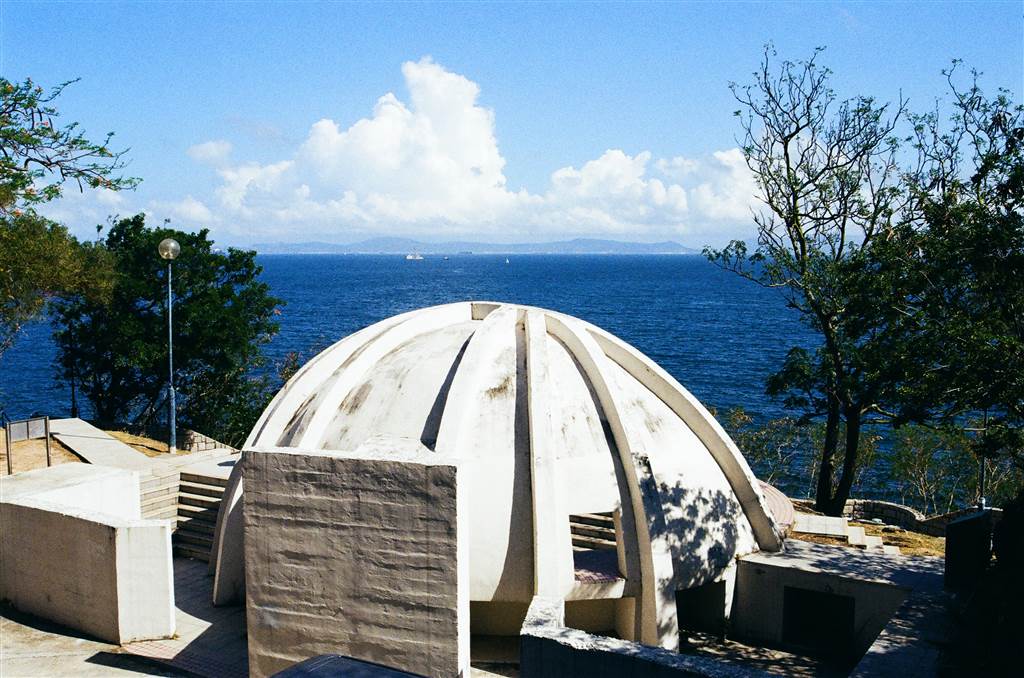
There is a reason why I ran into three couples taking their wedding pictures on my visit to the Chung Hom Kok Battery. It is very much like Greece.
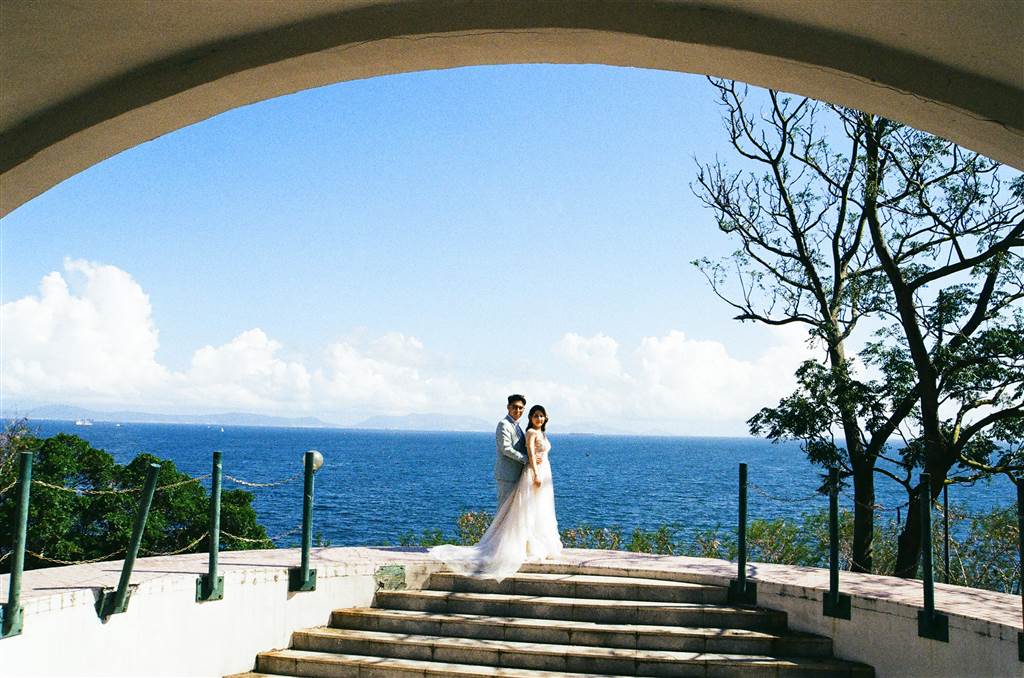
Chung Hom Kok as a Structure of Defence
The half-dome structure is beautiful, as it is set against a clear blue sky by the seaside. Yet official history has it that the Chung Hom Kok Battery had never seen a day of battle.
During the 1930s, Britain’s Defence Committee determined that the Hong Kong Island would serve as the main venue of defence of Hong Kong. When this determination was made, the British built a series of defence structures in Hong Kong Island, particularly on the coastal areas. The Chung Hom Kok Battery was one of such structures.
Originally, there were two cannons at Chung Hom Kok. They were located one above the other. As there was a concern that the upper cannon might damage the lower one during firing, the British added a half-dome cement structure to the lower cannon platform. This structure is what the pictures show. The No. 2 cannon platform remains intact with its signature half-dome coverage. Cannon No. 1, however, was demolished after the Pacific War.
On the other hand, both cannons came with two searchlight platforms on a lower location. I was only able to find one on site.
As the Japanese military advanced in Hong Kong, the Royal Regiment of Artillery’s 8th Battalion was guarding the Chung Hom Kok Battery. On December 18th, the Japanese troops landed in Hong Kong and rapidly proceeded with their offensive. On the 19th they have arrived at the Wong Nai Chung and Tai Tam Reservoir areas.
The Eastern Fire Command of the British Force ordered the destruction of the three cannons under its command, including the Cape Collison Battery, the Bokhara battery at Cape D’Aguilar and the Chung Hom Kok Battery, in order to prevent critical defence facilities falling into the control of Japanese hands. The artillery did so as instructed, and then retreated to Stanley, which would become the “last man standing” when Hong Kong Governor Sir Mark Aitchison Young surrendered to the Japanese.
Chung Hom Kok Today
As mentioned above, the original half-dome bunker that covers Cannon No. 2 remains intact today. There is no longer any sign of the cannon platform now, as the Hong Kong Government has built a sort of “park” over it. Because of the bunker’s cream color, and its location on the seaside, it is a very popular location for wedding picture taking. On a sunny day, the view there almost could have been Greece.
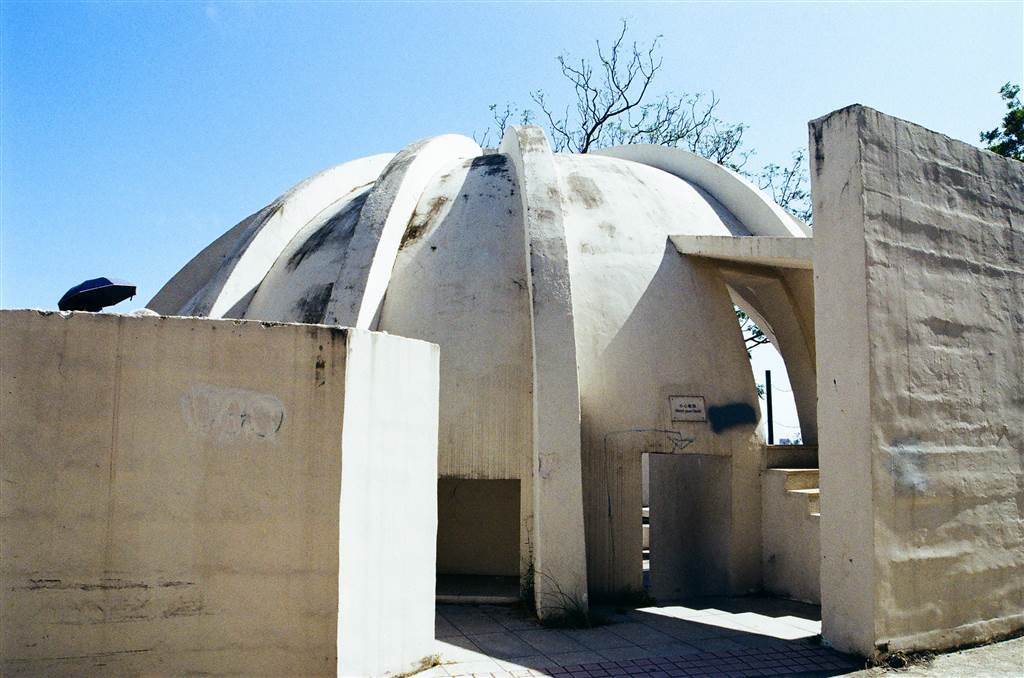
I was able to find one searchlight platform on the stairs down by the seaside. It was an interesting view to look out the sea from within the platform.
Views on Chung Hom Kok Road
These were the seaside views as I walked along Chung Hom Kok Road. It was a very beautiful location. Perhaps next time I will go to the Chung Hom Kok beach for a lazy afternoon.
On the other hand, there were also military installations, such as bunkers, on the way to the Battery proper.
How To Get There
I took Minibus 16M from the Chai Wan MTR Station. It dropped me off at the Chung Hom Kok Beach, where there is a roundabout. I then walked on Chung Hom Kok Road for 20 minutes to its very end. The former battery is right there.
Bus Routes 6, 6X, 65 and 66 also drop you off at the roundabout.
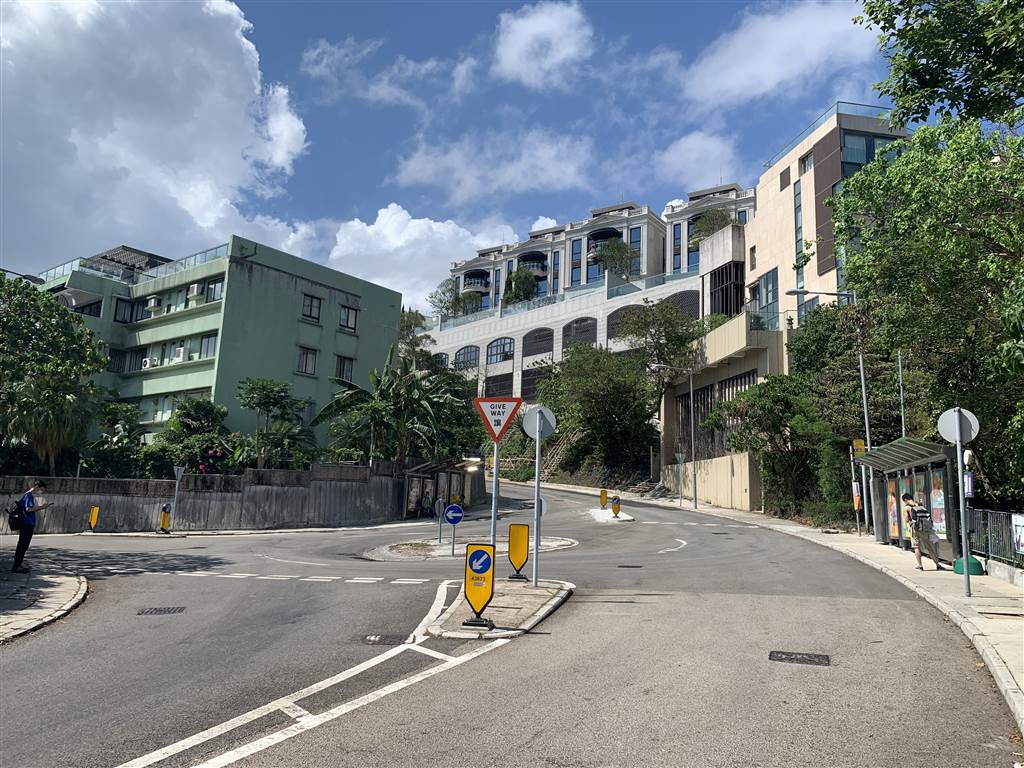
The road is 90% on level ground, and the last section to the seaside is a five-minute walk downward. On your way back you would have to climb a little. By car, just drive on Chom Hom Kok Road to the very end and there are unmarked parking spaces.
A gentle reminder that the Chom Hom Road, although with some shades, is very, very hot on a sunny day. Sure, it was not in any sense a hike, but prepare lots of water. A 20-minute walk under the sun when it is 33 degrees can be health-threatening if not with enough water and a hiking hat.
Sources
All historical descriptions in this entry came from Ko Tim Keung, The Guide to Hong Kong’s War Zones at 83-86.
Further Reading
This entry is part of the series on Hong Kong’s World War II history. Please visit the following links for:
Japanese Fortifications in Luk Keng
Murmurs of the Hollow at Mount Davis
Hike of the Year: From Nam Fung Sun Tsuen to Jardine’s Lookout and Back
War Relics at the Devil’s Peak

